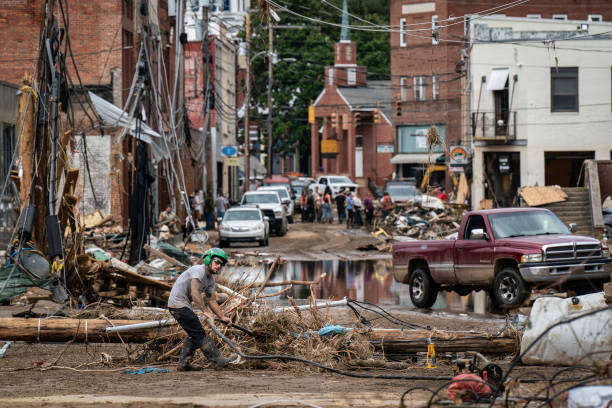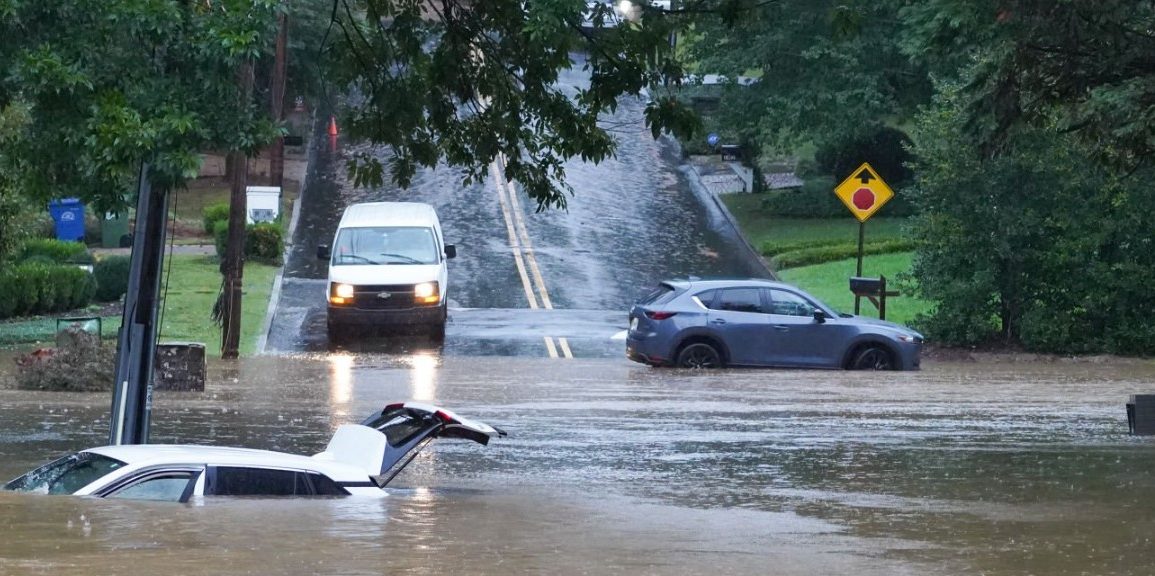In a devastating turn of events, Hurricane Helene has wreaked havoc across the southern Appalachians, particularly in North Carolina.
After a night of intense rainfall, residents like Jason Fesperman thought they had weathered the worst. However, by 9 a.m. last Friday, heavy rains persisted, and floodwaters surged rapidly, submerging homes.
Fesperman’s family managed to escape their submerged home, now taking shelter with other storm survivors.
Unfortunately, they are among the lucky few; the death toll has risen to over 200, spanning across multiple states, including Florida and North Carolina.
Helene made landfall as a Category 4 hurricane, unleashing unprecedented rainfall in a region that had already experienced drought.

Some areas recorded staggering totals, with nearly 30 inches of rain measured in Busick, NC.
The intense rainfall transformed normally tranquil streams into raging rivers, leading to severe flooding and destruction of infrastructure.
The mountains, with their steep terrains, intensified the impact of the rains. Many communities are facing challenges such as power outages and lack of potable water, while rescue efforts continue amid the wreckage.
Major roadways, including sections of Interstate 40, have been washed away, complicating recovery efforts.
Local officials and residents grapple with the enormity of the disaster, with many expressing uncertainty about recovery timelines.
As the region assesses the extensive damage, one thing is clear: Hurricane Helene has left a lasting mark on the landscape and the lives of those who call this area home.

